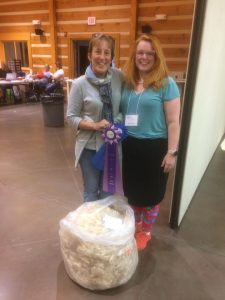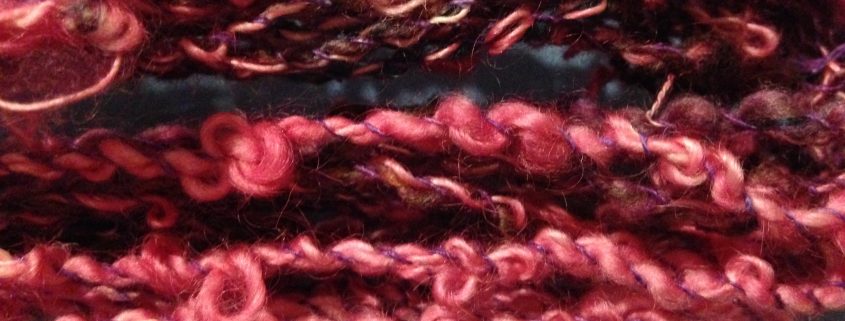We’re delighted to have Rachel Anne MacGillivray back at the blog today! If you’ve been intimidated to try to spin a Bouclé yarn, you are not alone! In today’s post Rachel takes us through her beginner’s attempt at spinning this type of yarn.

My first, finished skein of boucle, after a go in the dye pot
I’d like to share with you all my deep, dark, spinning secret. *deep breath* Ok. Here goes… I’ve never spun bouclé. I’ve never even ATTEMPTED bouclé before and it’s not because I’m not into texture. I LOVE texture! I love playing with different thicknesses and tensions when plying; I LOVE using different fibers together, wild batts, and throwing in add-ins. I love spirals and coils and knopps and bibs and bobs and springs and things… but bouclés? Teeny tiny sweet little loops? I dunno, they were always overlooked by my pinch and draft.
Maybe I’m being deliberately misleading here… I implied I don’t know why I’ve never spun bouclé but I can tell you exactly why: It’s intimidating. It always seemed very technical, challenging, and time consuming. Then, the bouclé issue of PLY came out and, feeling inspired, I decided now is the time. I would attempt the most mythical (to me) of yarn structures: The Bouclé.
First thing I did was gather my resources (I’m a book hound and having new reasons to go leafing through books fills me with glee).
After some research, I started to understand how bouclé works:
Two plies: one high twist, one low twist and spun in opposite directions, then plied together in the same direction as the low twist yarn. Some fancy handwork to make loops from the high twist yarn, then ply it all again in the direction opposite the first plying to bind it up with a fine yarn. Uh… simple…. Right?
On to materials: Wensleydale top for the loops because it’s long stapled, lustrous, and gorgeous; a wild carded batt for the core; and a fine, commercial spun silk noil for the binder because, well, it was purple. Instead of the batt, I should have used something easier to draft consistently so I eventually switched to BFL top.
Books & research? Check. Materials? Check.
*inhales and holds breath for a minute*
OK. Go.

My first loop!
I spun my first bouclé ply VERY high twist and fine, and did the core ply exaggeratedly slowly to add little twist to that ply. After awhile I started to doubt my definition of low twist and gave the second half of my core yarn a more medium twist. I didn’t dive in and fill bobbins with these because I wasn’t sure how they’d work out.
On to plying.
The first note I made? “Whoa. This is tough.” But you know, lots of things are tough, especially when you first start, so I gave my hands some time to settle into a groove and start to understand the new motions. I found I had to go rogue from what the books told me in terms of how to move my hands and got into this funny trick of passing the bouclé ply from one hand to the other and pinching it with the core. It worked for my hands and I just trusted my body and went with it. Refining technique can always come later.
Well, I tell you, I was starting to feel like bouclé was overrated when then, like a tiny, bright, shining star, my first bouclé appeared! My hands must have made the right motion and timing worked out and there it was: a perfect little circle sitting on top of my yarn. I was delighted! Also hooked. Definitely hooked. That tiny loop stole my heart.

After my first round of plying, sitting on my bobbin. I admit, at this point I was petty skeptical.
Let me clear – it was not all sunshine, rainbows, and perfect little loops from there on in. My medium twist core really wasn’t loose enough, but the barely spun core worked quite a bit better. My bouclé ply was too fine and highly twisted so I tried thicker and looser. It worked better, but still not quite right.
As I practiced I got more loops and they are totally darling! I let out a little squeal with each one that appeared, but I wasn’t loving the yarn as a whole.
I set it down for awhile, busy with life and not convinced I’d done a good job. Finally, I decided to come back to it and plied it with the binder. Well, if I have any advice here, it’s don’t wait to add your third ply! All of a sudden I was totally in love with my yarn! Yes, it needs some work and I’ll learn more and make it better, BUT something completely magical happens when you do the final ply. Everything seemed to bloom and standout, and say “hey, here I am! I’m a bouclé!”
(Technical tip: I did a slight spiral ply here and loved the effect.)
So, I can finally say I’ve spun bouclé. Was it perfect? No way! Was my yarn even all that good? Probably not. But, that’s what learning is! Trying things, making mistakes, trying new things, and having thrilling moments that get you closer to what you want. It was fun, and challenging, and I’ll keep at it – letting those little loops shine their light into my life.

In love with all things Textiley, Rachel Ann MacGillivray teaches spinning & other things at the New Brunswick College of Craft & Design in Fredericton, Canada. A farm kid, spinning and wool are in her bones (well, not literally in her bones, that would be just a bit too wobbly). Oh yeah, and she loves drinking tea. Like, a lot.
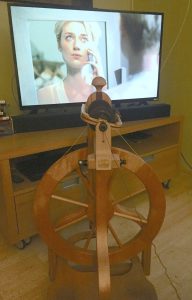
 I am amazed how much I get done because I want to see that next episode (and the one after that).
I am amazed how much I get done because I want to see that next episode (and the one after that).

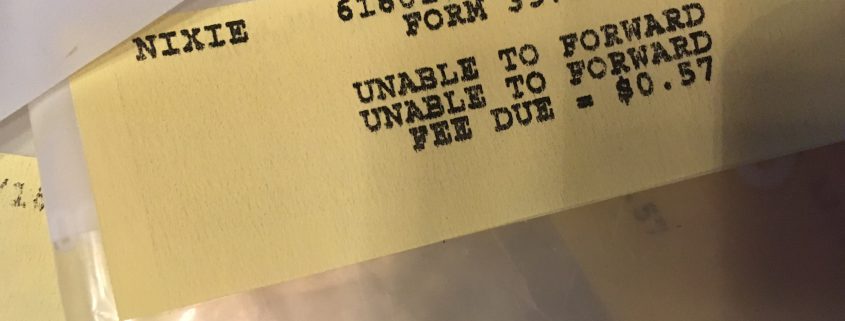
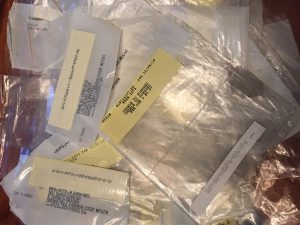
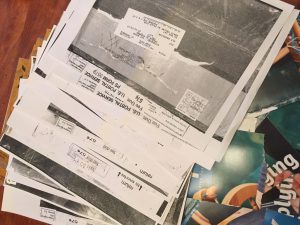
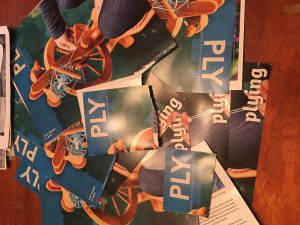
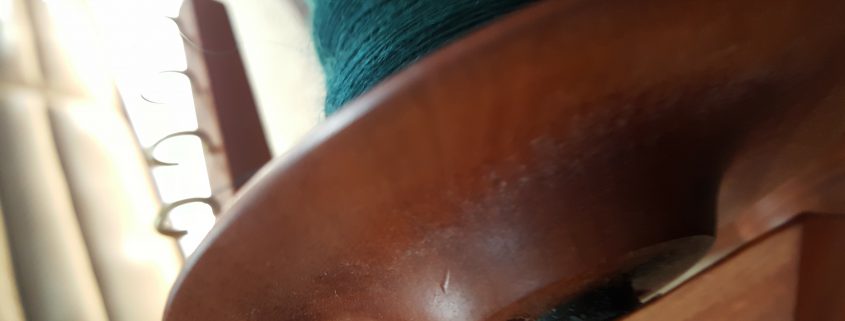
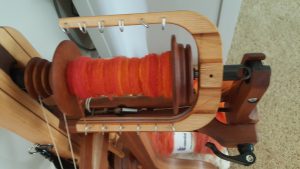
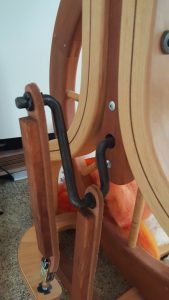
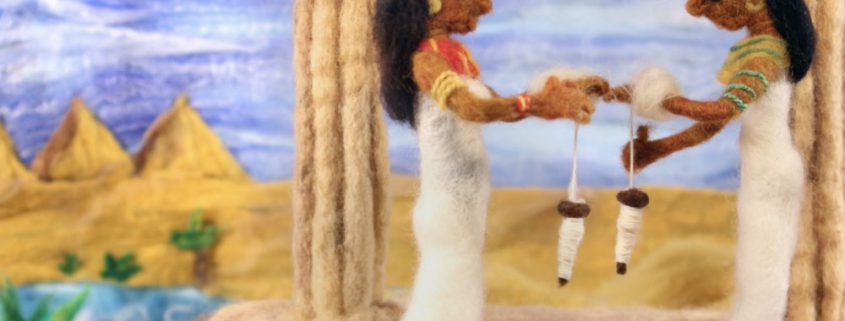
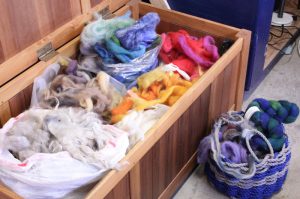

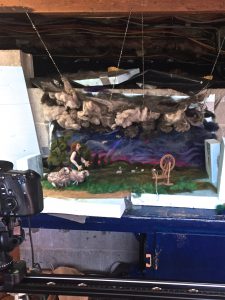
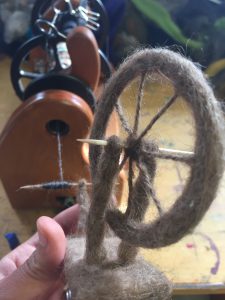
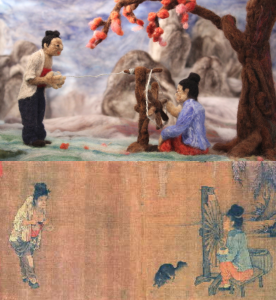
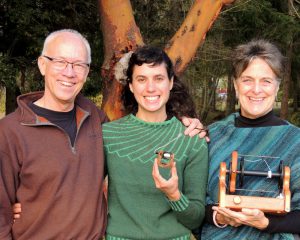
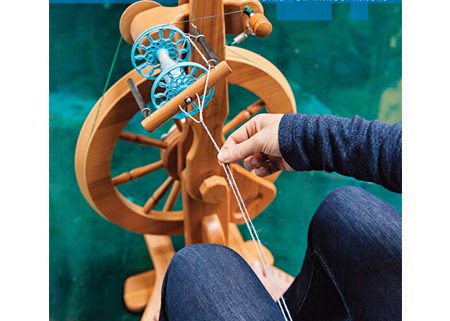
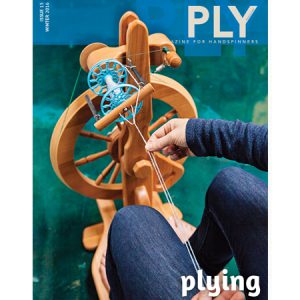 In Jacey’s introduction to this issue, she talks about the idea that as a spinning community, we’re like plies of yarn: we’re stronger together. Perhaps it’s fitting, then, that we end the year with an issue all about Plying. What combinations will you come up with in the new year? Here’s a look at the rest of this issue:
In Jacey’s introduction to this issue, she talks about the idea that as a spinning community, we’re like plies of yarn: we’re stronger together. Perhaps it’s fitting, then, that we end the year with an issue all about Plying. What combinations will you come up with in the new year? Here’s a look at the rest of this issue: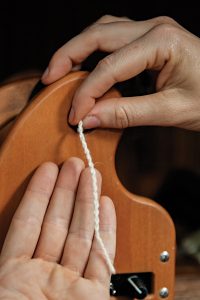 Plying my Longest Thread, by Kaye Cooper – One spinner’s perspective on the Longest Thread Competition of 2017.
Plying my Longest Thread, by Kaye Cooper – One spinner’s perspective on the Longest Thread Competition of 2017.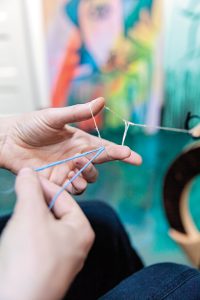 The Mystery of the Elastic Cotton, by Stephenie Gaustad – Cotton fiber isn’t, by nature, elastic. So how can you spin a stretchy cotton yarn?
The Mystery of the Elastic Cotton, by Stephenie Gaustad – Cotton fiber isn’t, by nature, elastic. So how can you spin a stretchy cotton yarn?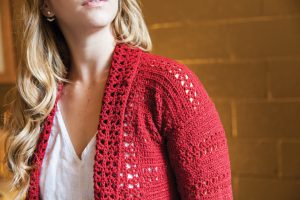 Fantastic Projects
Fantastic Projects Sometimes it’s hard to get plying just right, so in Tip Jar we’re rounding up the best tips from our readers to help you ply a little bit better. In Ergo Neo, Carson explains how to manipulate your setup and stance to make plying a pleasure. Scene is full of things on the spinning scene that you’ll want to know about including an animated film from HansenCrafts and a new spinning device (of questionable origin) from Abby Franquemont. In our Hot Button feature this issue, three different spinners tackle the topic of Lazy Kates. And don’t forget to check out our Independent Spinner page to find all the details on the products featured in this issue!
Sometimes it’s hard to get plying just right, so in Tip Jar we’re rounding up the best tips from our readers to help you ply a little bit better. In Ergo Neo, Carson explains how to manipulate your setup and stance to make plying a pleasure. Scene is full of things on the spinning scene that you’ll want to know about including an animated film from HansenCrafts and a new spinning device (of questionable origin) from Abby Franquemont. In our Hot Button feature this issue, three different spinners tackle the topic of Lazy Kates. And don’t forget to check out our Independent Spinner page to find all the details on the products featured in this issue!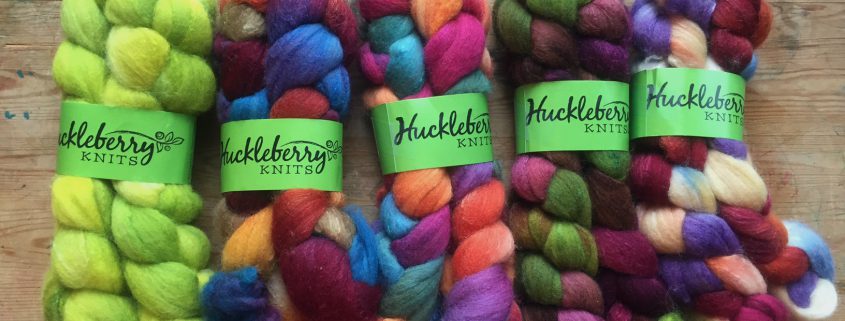
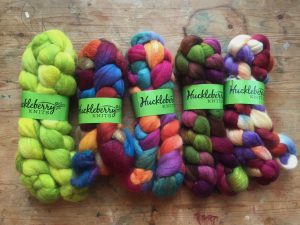
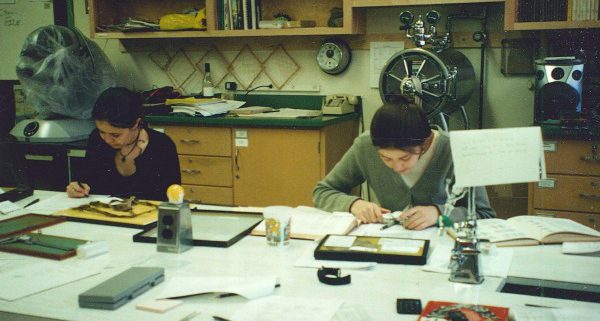
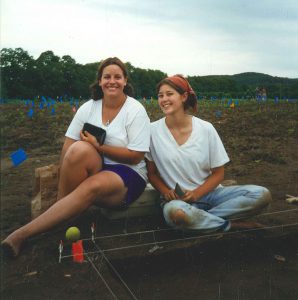

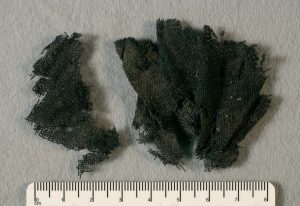



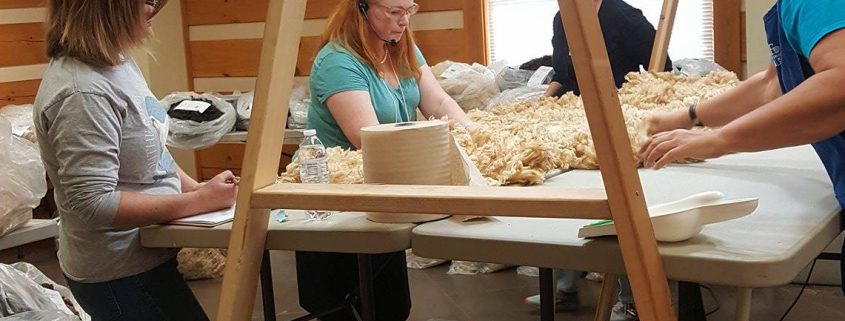
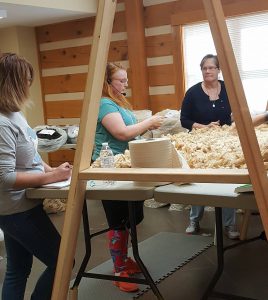 But here’s what happened. I went to North Carolina. I walked into the place of judging. There were a lot of people in the chairs. My face was a little flushed, my hands shook a little and then they started spreading fleeces out in front of me and when I put my hands in the wool I began to talk and after a few minutes I wasn’t nervous anymore and I got to touch some fantastic fleece. (thanks to
But here’s what happened. I went to North Carolina. I walked into the place of judging. There were a lot of people in the chairs. My face was a little flushed, my hands shook a little and then they started spreading fleeces out in front of me and when I put my hands in the wool I began to talk and after a few minutes I wasn’t nervous anymore and I got to touch some fantastic fleece. (thanks to 